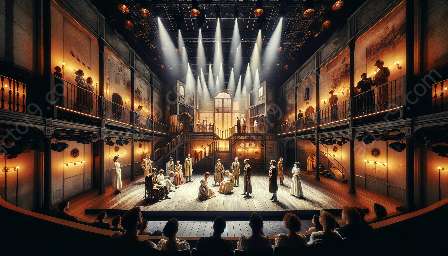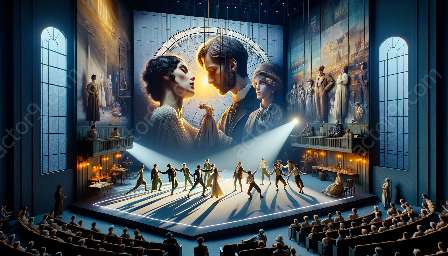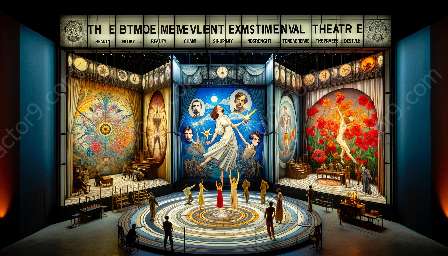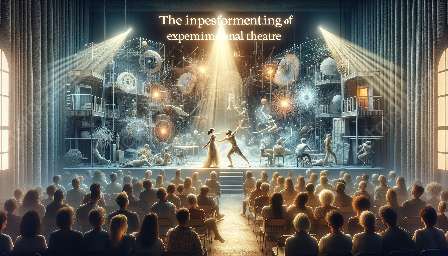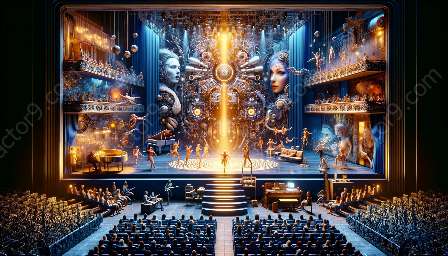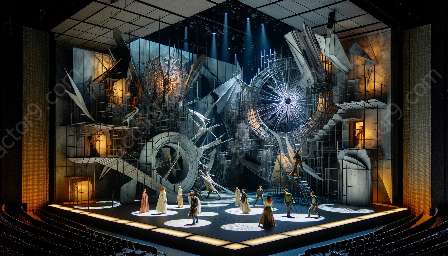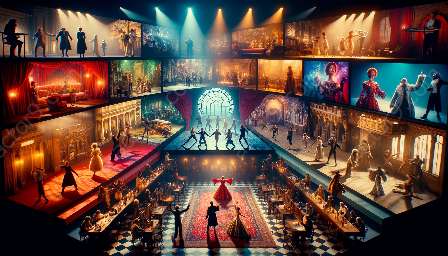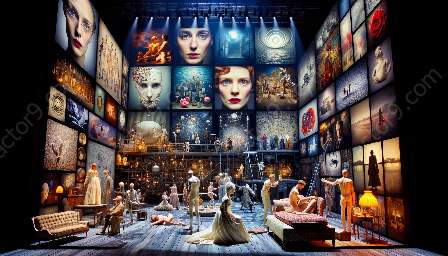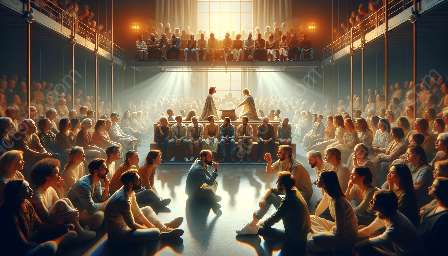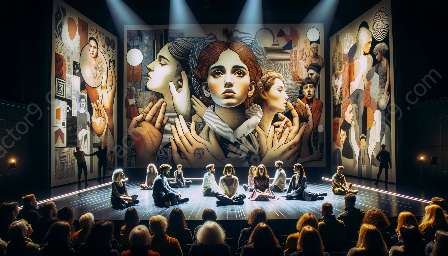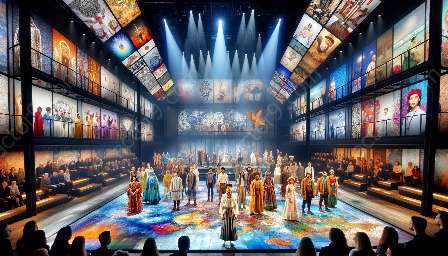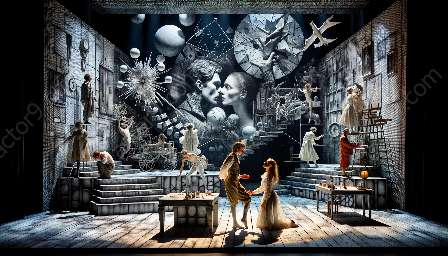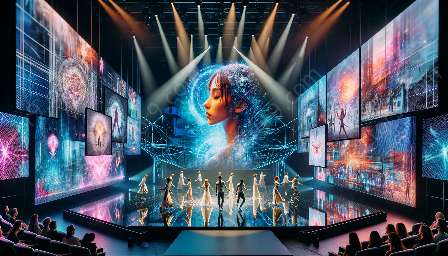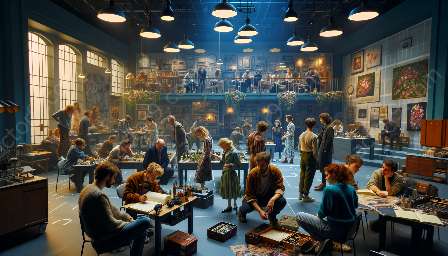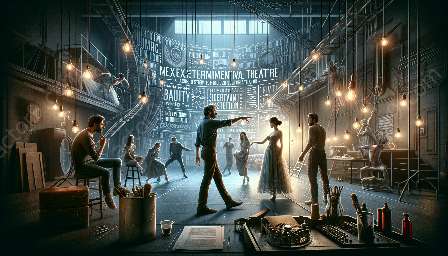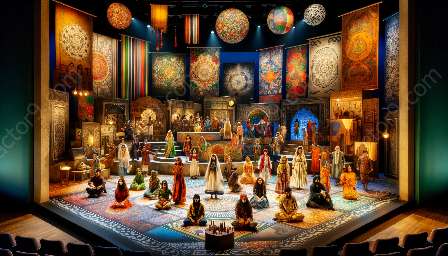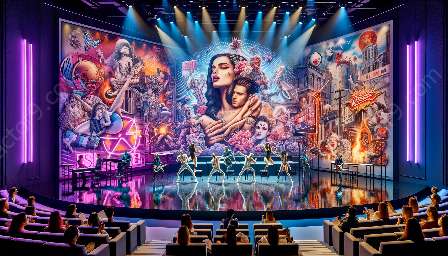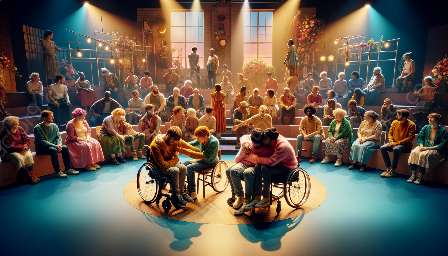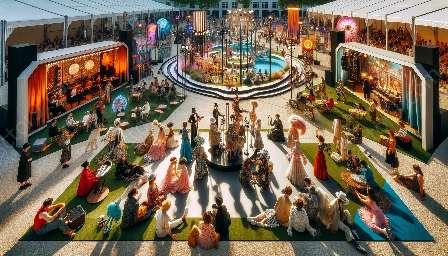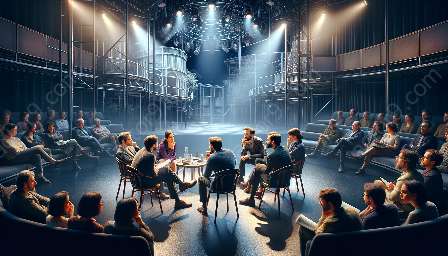Experimental theatre has long been a platform for innovation and creativity in the performing arts. Over the years, traditional storytelling techniques have been incorporated into this avant-garde form of theatre, resulting in a unique blend of cultural heritage and contemporary expression. This article aims to explore the integration of traditional storytelling techniques in experimental theatre and its impact on the global experimental theatre landscape.
Characteristics of Experimental Theatre
Before delving into the incorporation of traditional storytelling techniques, it is essential to understand the defining features of experimental theatre. Experimental theatre is characterized by its unconventional approach to performance, often challenging established norms and traditions. This form of theatre aims to break free from conventional storytelling methods, encouraging experimentation with narrative structure, staging, and audience engagement.
Influence of Traditional Storytelling Techniques
The incorporation of traditional storytelling techniques in experimental theatre serves as a bridge between the past and the present, offering a platform for cultural preservation and evolution. Through the use of oral traditions, fables, myths, and legends, experimental theatre artists infuse their work with a sense of heritage and authenticity, captivating audiences with narratives that have stood the test of time.
Impact on Experimental Theatre Around the World
The influence of traditional storytelling techniques can be observed in experimental theatre productions across the globe. From Asia to Africa, and from Europe to the Americas, experimental theatre groups and artists are drawing inspiration from their cultural storytelling heritage. This cross-pollination of narratives has led to a rich tapestry of performances that celebrate diversity and delve into universal themes.
Collaborative Innovation
As traditional storytelling techniques merge with the experimental ethos, collaborative innovation blossoms. Artists and theatre practitioners collaborate across borders, combining local storytelling traditions with contemporary experimental practices. This fusion of artistic sensibilities enriches the experimental theatre landscape, fostering exchange and dialogue between cultures.
Embracing Diversity and Inclusion
The incorporation of traditional storytelling techniques in experimental theatre emphasizes diversity and inclusion, offering a platform for marginalized voices and underrepresented narratives. By embracing a wide spectrum of stories, experimental theatre becomes a catalyst for social change and understanding, amplifying the voices of communities that may have been historically overlooked.
Future Directions
Looking ahead, the incorporation of traditional storytelling techniques in experimental theatre is poised to continue evolving. As experimental theatre around the world redefines the boundaries of performance, the synergy between traditional narratives and avant-garde innovation will pave the way for fresh narratives and immersive experiences.

